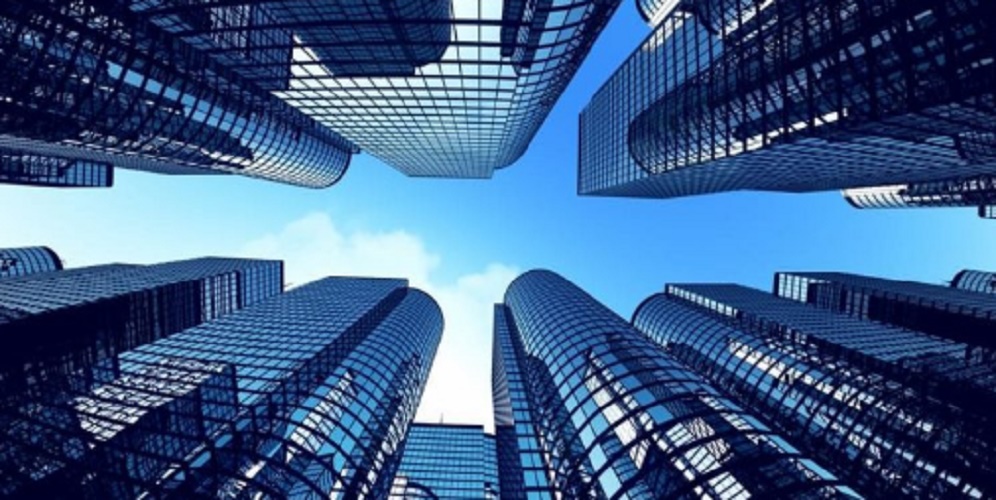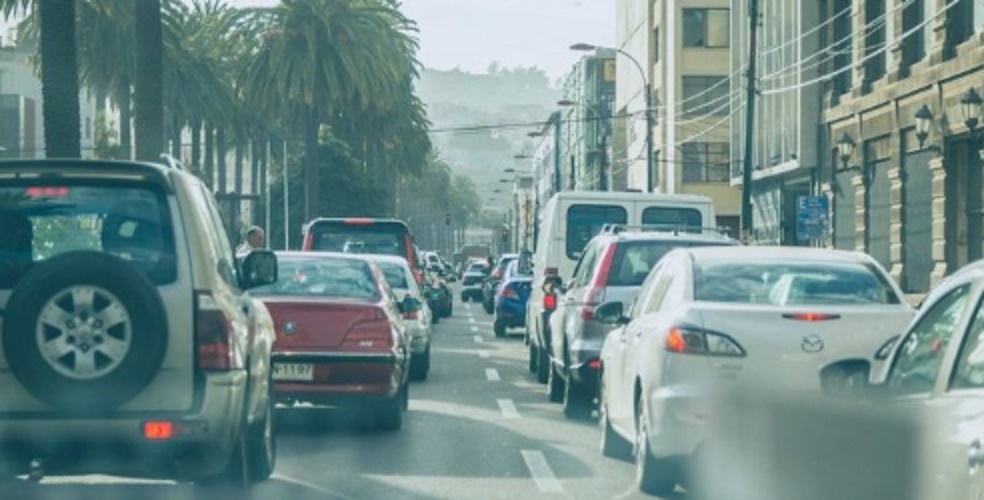What is the urban population?
We explain what the urban population is, its history, characteristics and habitual problems. In addition, differences with the rural population.
-
What is the urban population?
The urban population is one that lives in industrialized cities called metropolis or megalopolis, and that can have large or moderate infrastructure . Economic activity and its labor supply are the main causes of migration from rural areas to cities.
At present (2019) the population of the whole world is seven thousand five hundred million inhabitants and more than half of the world’s population lives in urban areas (54%, as reported by the United Nations Organization). It is estimated that in 2050 the total population will be ten million and that 66% will live in urban areas.
-
History of the urban population
The indications of the first urban population emerged around 6,000 BC , when the human being ceased to be nomadic and acquired a more sedentary and group lifestyle. The population began to develop agriculture as an activity to stock up on food .
After many years, centralized commerce became a very important activity that influenced the growth of cities. One of these great metropolis of history went to the city of Rome.
As of 1760 the Industrial Revolution took place , period in which the cities underwent a great technological development that impacted in the five sectors of the economic activity. Around the large cities settlements called “suburbs” settled .
Although they were made up of a lower population density, they had the same services as metropolis but on a smaller scale.
-
Characteristics of the urban population

The urban population has the following characteristics:
- A high population density .
- It is established in a vast territory .
- A landscape altered by the intervention of man.
- He prefers vertical building .
- The cost of the land is a high consequence of the demand for homes, businesses and other economic activities.
- It concentrates the economic activity in the secondary and tertiary sectors .
- It offers a wide variety of services (educational, health, financial, cultural, recreational, among others).
-
Differences with rural populations

The urban population differs from the rural population, mainly by the number of inhabitants: it is considered as “urban” when it has more than two thousand five hundred inhabitants, and is considered “rural”, with less than 2,500 inhabitants .
The rural population lives in the countryside and has few means of transport and reduced services (such as electricity in certain areas and water coming from underground layers). He develops his work in the primary or agricultural sector that involves the extraction of raw materials through agriculture, beekeeping, livestock, among others.
The urban population lives in cities that offer multiple means of transport and a large number of services (such as street lighting, water distribution network, sewers, etc.). He develops his work among the different sectors of economic activity:
- Secondary (or industrial) . Economic activities that transform raw materials into processed products.
- Tertiary (or services) . Activities that provide services to society, such as transportation, education, commerce, etc.
- Quaternary (or intellectual). Planning, government, research and information technology activities.
- Quinario (or non-profit). Artistic, educational, health, entertainment activities, among others.
-
Problems of the urban population

The main problems faced with the growth of the urban population are:
- Gentrification This term, which comes from the English gentry and means ” bourgeoisie “, refers to suburban areas that are in decline and that are transformed into cities of greater purchasing power , which further displaces poor or humble neighborhoods and worsens their situation (land and rents increase their value in the face of increased demand and the cost of living also increases).
- Greater vehicle traffic. Although urban growth implies the development of public transport, the increase in vehicles (private or commercial) that generate air pollution and noise pollution , traffic jams that cause long delays, etc. is inevitable .
- Deterioration of the natural landscape . The ecosystem suffers damage, destruction and changes in biodiversity due to the construction of roads, highways, buildings and other engineering works that make possible the development of large urbanizations .
- Increased pollution . Both industrial activity and transport, pollute the environment considerably. Despite the existence of policies that moderate and control the impact of pollution, urban growth advances faster than the implementation ofestablished norms.





